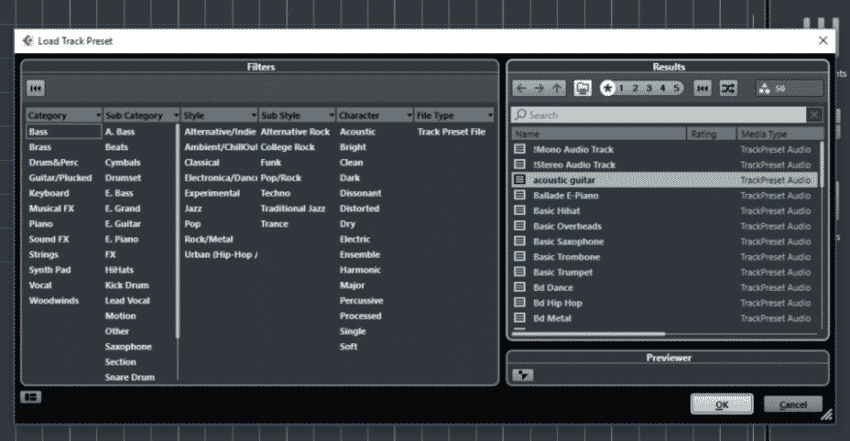

Cmd/Ctrl+click the Metronome in the Transport bar (or go to Transport > Metronome Setup) to access a bunch of extremely useful settings concerning metronome behaviour. So metroĬubase’s Metronome is a simple tool that we all rely on - perhaps so much that you might not have thought to customise it to your liking. You can draw this shape manually… or do it the smart way: select the Line tool, change it to Square in the dropdown, then hold Shift+Cmd/Ctrl and drag to directly insert a ‘bump’. For fast setup, select the channels you want to send in the MixConsole, right-click your Cue channel in the Control Room, then use the From selected channels sub-menu to enable sends and copy the levels from your existing mix.Ī typical automation move is to momentarily increase a parameter by creating a square ‘bump’ on the automation curve. Right on cueĮvery musician in the band needs their own mix - called a cue mix - when recording, and Cubase’s Control Room makes setting them up a breeze. Hit Record, then Stop, then drag the left edge of the resulting clip to go ‘back in time’. In Preferences > Record > Audio, set Audio Pre-Record up to a maximum of 60 to have Cubase buffer audio from all armed tracks, even while stopped or playing back. Sometimes the magic happens when the tape ain’t rolling - but your genius noodlings aren't necessarily lost forever.

Your groove will become available alongside the usual 1/8, 1/16, etc, options in the Quantize/Snap menus. To make a Groove Map from any audio, double-click a clip, open the Hitpoints section, then click Create Groove.
Cubase 4 tricks software#
While we mostly associate groove templates with more electronically-aligned software such as Reason and Live, Cubase has had this functionality for years. Hit the Extract MIDI button a bit further down, choose your options, and you’re done! 6. Cubase analyses the audio’s pitch and timing content. Double-click a monophonic audio clip to open it, click the VariAudio section in the Inspector, then Pitch & Warp. The ability to turn audio into MIDI is obviously super-useful - and dead easy to implement in Cubase.


 0 kommentar(er)
0 kommentar(er)
